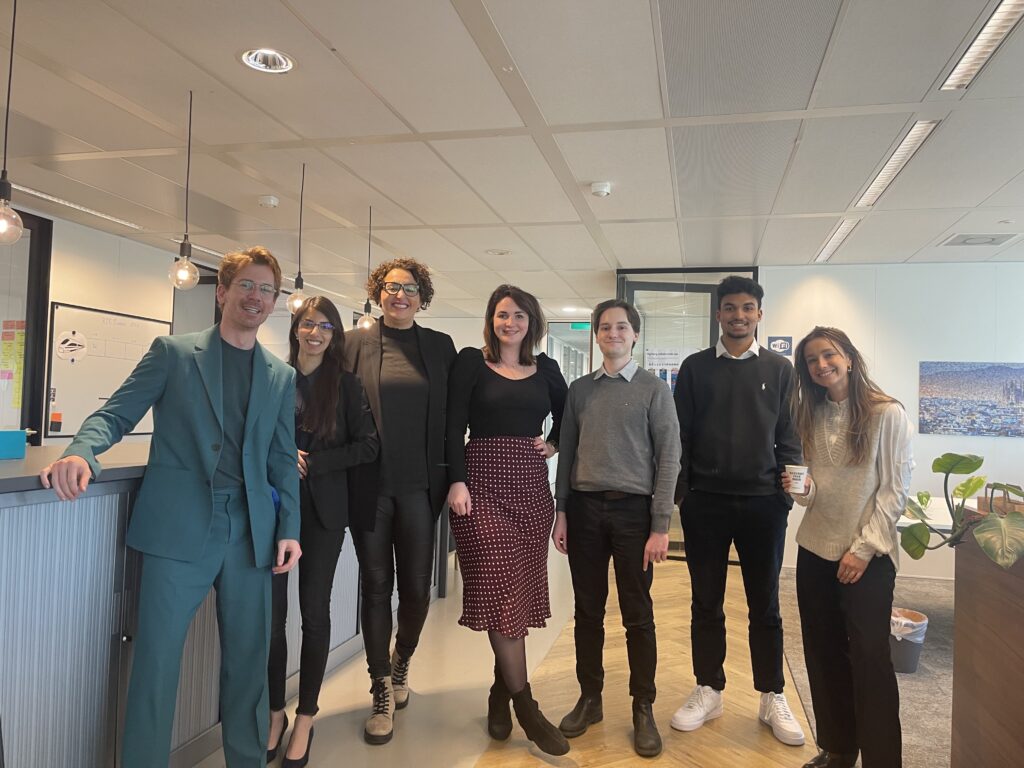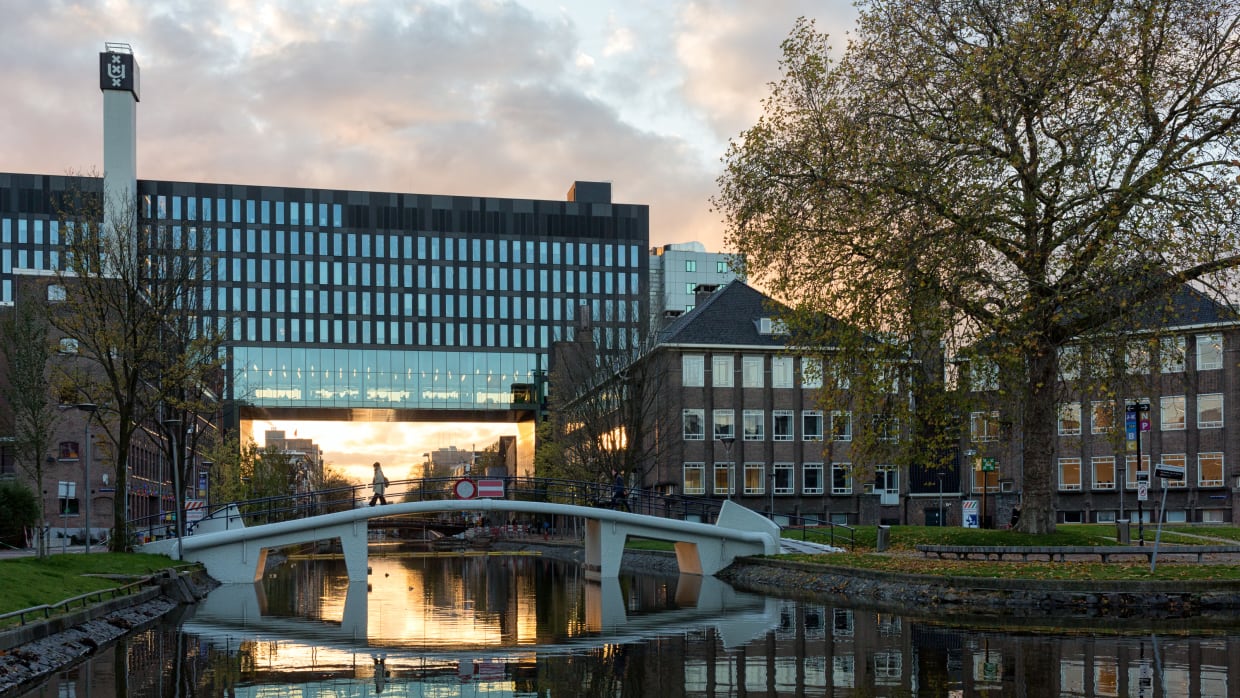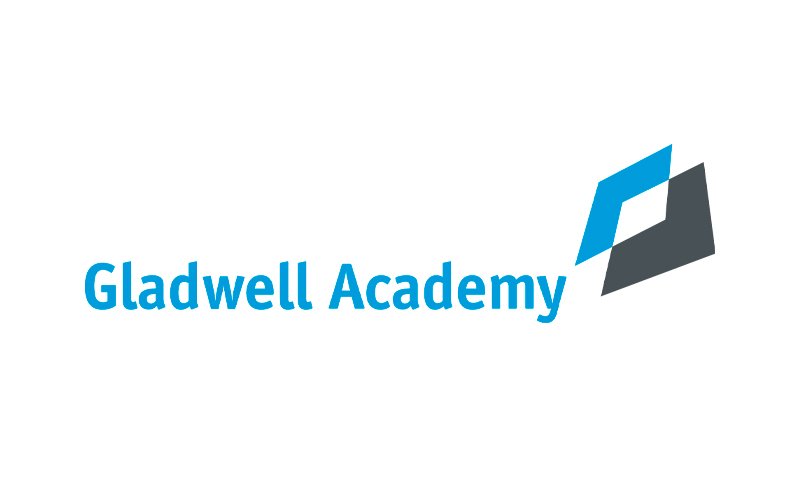Working as a marketing intern at Gladwell Academy has been a very enriching and rewarding experience, which has taught me a lot about how the professional world operates while also subverting some of my expectations. Having braced myself for the worst when I was initially applying for internships, I was shocked to find that Gladwell Academy was incredibly egalitarian: everyone was encouraged to take initiative and support one another. Even as an intern, I was given the opportunity to help across many different areas, take ownership of certain projects and share my ideas. I believe this approach is key to the high morale, positivity and team unity I experienced at Gladwell.
Much of this can be attributed to their Agile approach: Originally developed to help coders operate more efficiently, Agile practices focus on helping teams and organizations become more adaptable and self-sufficient, and have since been adopted across many different industries. Gladwell Academy offers training and coaching services to help others adopt Agile ways of working. Naturally, these are also used within Gladwell itself.
Squads & Stand-Ups
I initially found Gladwell Academy’s Agile practices quite disorienting. One of the most striking was the use of “squads”, consisting of people from many different departments (e.g., marketing, sales, coordination, etc.) who work together to focus on specific areas and meet self-imposed goals. For example, while part of the marketing team, I was also a member of the Benelux squad. Regularly interacting with coworkers with different backgrounds of expertise was invaluable, allowing us to find novel solutions and collaborate. To facilitate this, all squads held daily 15-minute meetings called “Stand Ups”, where we each updated our teammates about the new developments and issues we encountered. I found this ritual quite enjoyable; even if I didn’t have much to say every day, it was a great opportunity to check in, ask questions and change plans when needed.
Sprints & Retros
Another major aspect of my Agile experience involves goal-setting and self-organizing. At Gladwell we worked in two-week sprints, which are short iterations focused on achieving specific objectives. Each squad member would self-delegate responsibilities at the beginning of each sprint and visualize everyone’s tasks on an online board, thus pursuing our long-term goals in a more digestible manner. One of the things I most appreciated about this approach was an emphasis on not overcommitting oneself, and leaving space for the ad-hoc tasks which inevitably arise. As sprints build on each other, my squad was able to slowly progress towards our goals. Additionally, company-wide bi-weekly retrospectives were held for each squad to show off their progress and achievements. It was particularly exciting whenever I was mentioned by name during a retrospective and recognized for my work.
All our sprints eventually culminated in my first Program Increment (PI) Planning, where all squads got together to develop our goals for the next 4 months, and get feedback from others in the company. This allowed us to stay in the loop with everyone else’s activities, and align ourselves with the Gladwell’s broader goals. Despite a brief evacuation from a faulty fire alarm, I had a great time meeting employees from other regional offices, and developed a much better sense of what Gladwell’s corporate strategy and operations are like as a whole.
Closing
As a marketing intern at Gladwell Academy, learning and implementing Agile methodologies showed me a radically different working environment from the more traditional one I had initially expected. I am grateful to have had this opportunity to learn and grow as a professional, and look forward to implementing Agile ways of working as I go about my career in the future.



